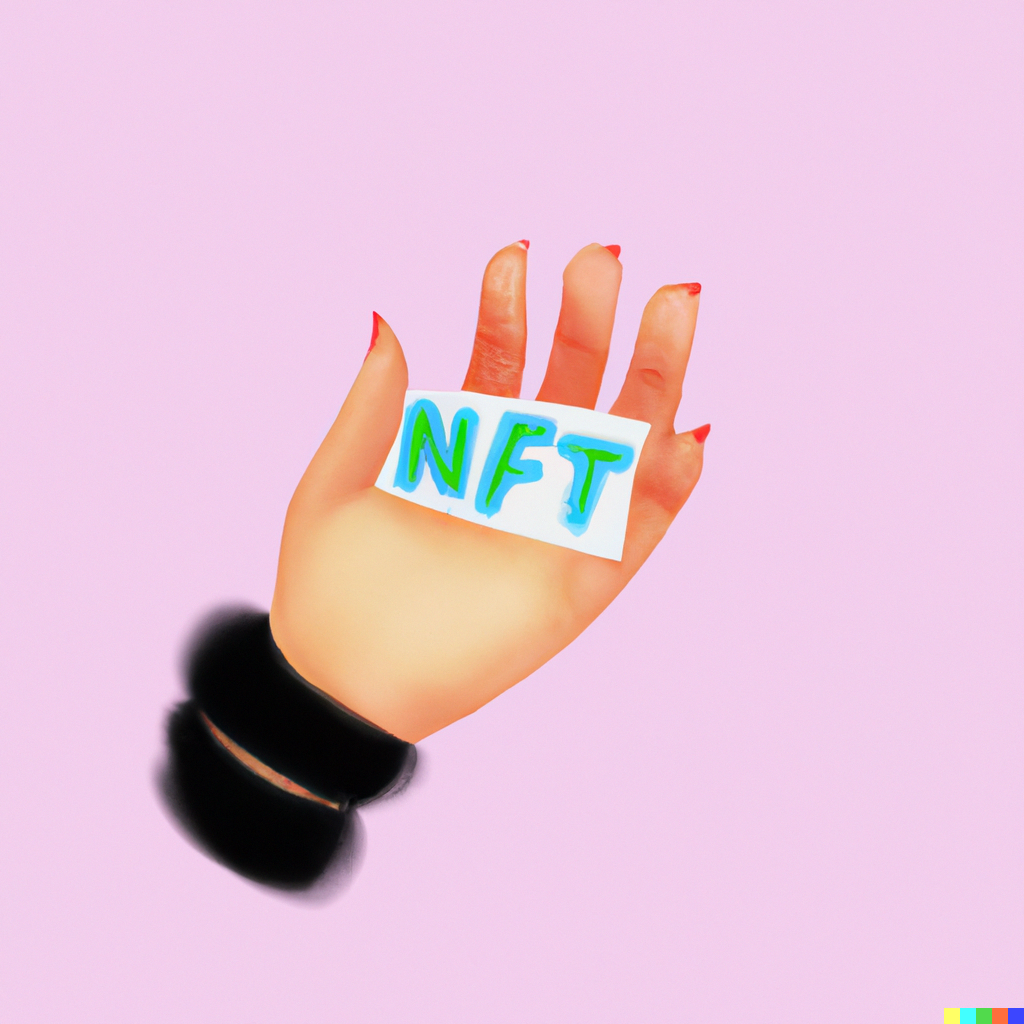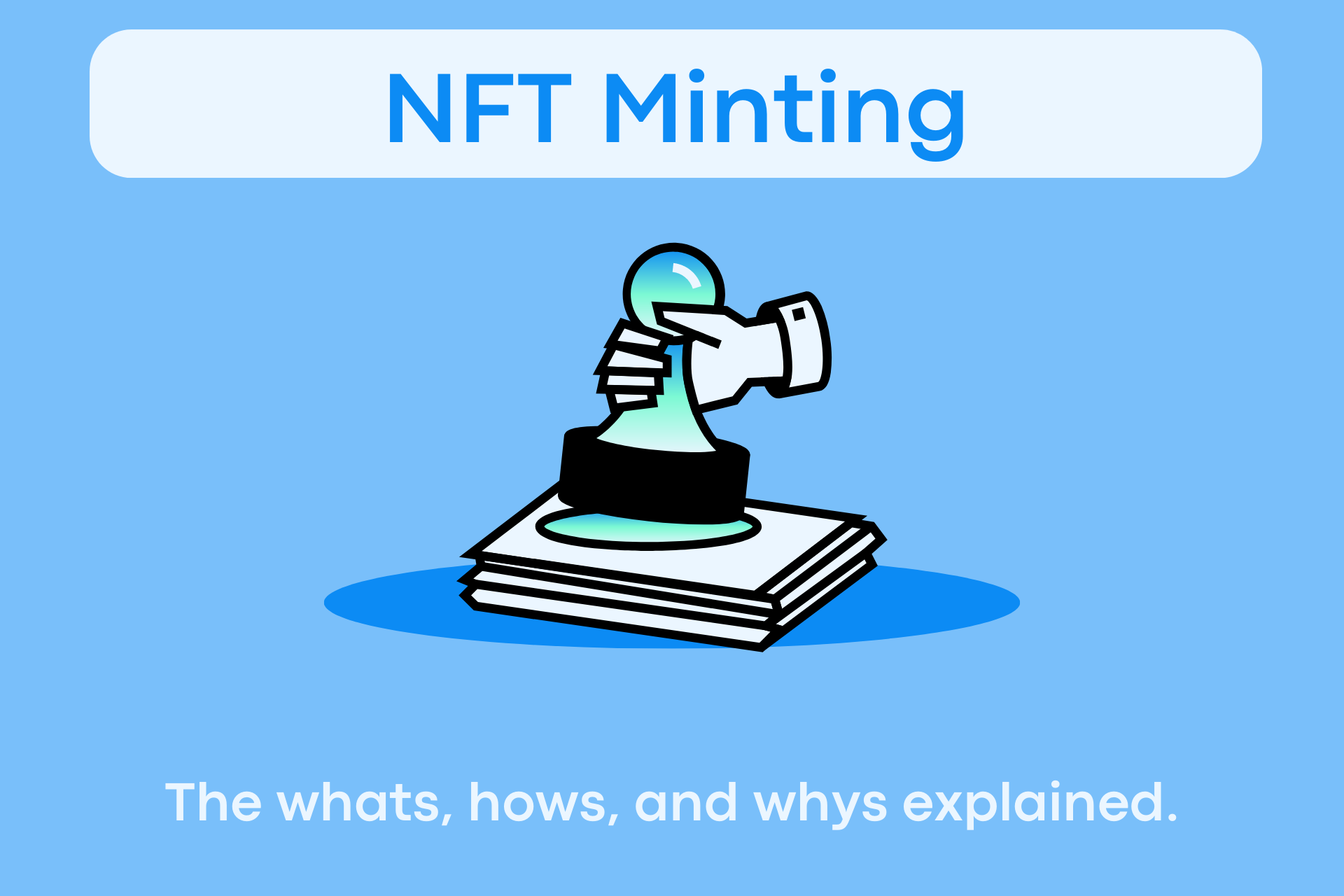Digital ownership through NFTs opens a world of possibilities, including the metaverse. Let's explore how much thinner the line between digital and physical could get.
In October of 2021, Facebook, the company which includes Whatsapp, Instagram, Oculus VR, and $23 billion in acquired assets, announced that it would be rebranding itself as Meta. During this announcement, they also announced that they would be investing $10 billion into its reality labs to build the Metaverse.
This keystone event marks the first time a tech giant would invest in the next phase of the internet: Web3 (aka Web 3.0). This next phase of the world wide web is expected to be characterized by users engaging with virtual or augmented reality in order to connect and interact as they would in real life without the physical restrictions of the real world.
While the idea of digitizing our world has been speculated in popular media for decades, Meta’s multibillion dollar investment is now turning fiction into fact. We’ve seen new platforms, concepts and technologies emerge – like the blockchain and NFTs – that bring real-world activities to a virtual space.
Web3 and the Metaverse: How'd we get here?
The internet is actively evolving, with no clear threshold between 1.0, 2.0, and 3.0. The first phase of the internet in the late 90s and early 2000s, or Web1, had very limited connectivity capabilities. Content existed, but it was rarely user-generated. Instead, content such as music and film was produced by large companies and only shared on the internet. In Web1, there were very few mainstream platforms to create and share your content with others.
Web1 was used primarily to ease the process of sharing media and information that was already out there. Early examples include Limewire for sharing music and BitTorrent with film and television.

The next phase of the internet, Web2, started around 2004 with the rise in popularity of Myspace and other early sites hosting user-generated content that other users could find and connect with. Web2 is what we use today. The features of our current web are characterized by a few attributes such as:
- Web as a publishing platform
- Collaboration and public authorship
- Content tailored to individual users
- Actively evolving content
However, some groups have argued that the internet has become far too centralized, with tech giants dominating the information hubs. Although users can still share content, they’re stuck using a handful of large platforms that dominate their respective areas.
- Google owns more than 90% of the search market (StatCounter).
- Amazon and Microsoft control over 50% of public cloud market services (38.9% and 21.1% respectively) (Gartner).
- Meta boasts over 42% of worldwide social media users between its Facebook, Instagram, Messenger and WhatsApp apps (Statista).
- YouTube represents 20.4% of all downstream traffic on mobile networks (Sandvine).
A website oligopoly ultimately goes against everything that online content creation is about: creating spaces where individuals can connect, create, and share content they enjoy. The content creators that adhere to the broad monetary goals of the platform will be the most successful. In other words, content that is easy, broad-appealing, and easily reproducible is the most successful. Without many financially viable sites to post content out there, creators who don’t fit corporate criteria will not have an available platform. Such an oligopoly is damaging to the artistic soul of the online platform.
Enter Web3 and the Metaverse. This pairing seeks to make the virtual world more like real life.
The Metaverse: Current state
The Metaverse is designed to be a three-dimensional space that one can enter with virtual, mixed, and augmented reality headsets. Its aim is to be a three-dimensional virtual space where people can work, socialize, and share information in a network entirely built upon a blockchain – an internet public record keeping system that notably means that no single company or entity controls it.
Online public spaces populated with real people already exist. Some games like World of Warcraft and Fortnite, or the public chat forum VRChat are described as being part of the Metaverse. However, these platforms are not officially on the blockchain and are controlled by large corporations.

Supplain.io, one such blockchain supply chain enterprise, recently stated that Web3 would reduce the amount of data that big social media companies facilitating user connections will have access to. With user data being productized by large media sites that people use, the need to have a platform that privatizes data is absolutely critical for a future where a person's information and identity isn’t bought and sold.
The Metaverse would also help those who have made careers of sharing their own original content through large sites and have complained about the issues of having no choices in the platforms they share their content. For example, video game studio Bungie is seeking $7.6 million in damages from an individual who made fake copyright claims through the YouTube platform. However, this individual exploited the broad mandate that YouTube has: It will take down any user-published videos that infringe a copyright held by another person and issue a strike to the channel that uploaded the video. YouTube will often rely on automated systems to process copyright claims, leading to false positives that can potentially result in content creators having legitimately-owned videos and channels taken down.
One might think that content creators should just leave YouTube and use other platforms instead, but they lack alternate platforms to publish and share their content. Other video-sharing websites exist, but none come close to the size and reach of Google’s YouTube.
Web3 and the Metaverse is more than a virtual space without real-world physical constraints. It’s a platform that allows users to create and share content freely. So how does this virtual space operate? How can you share content without being worried about it being copied or claimed? That’s where NFTs enter the chat.
NFTs: True ownership and uniqueness
NFTs, or non-fungible tokens, are virtual objects that have unique digital signatures. An NFT is verified to be owned by a specific person and no one can take that away. You can think of it like this:
I may have a blue 2015 Toyota Corolla that has 25,000 miles on it, but there’s likely someone else in the world who has the same spec car. However, because it’s the real world, I can point to my car and know that it is mine. It has a unique VIN, plus bumps, scratches and mileage that distinguish it from others.
My car is unique, it is non-fungible because it matters whether it's my Corolla or someone else's. Even if they have the same color or mileage. This non-fungibility doesn't apply to everything although it is the most common case. For example, dollar notes are fungible. Despite having different serial numbers, no one would care much if given a $20 note or a different $20 note. Fungibility is a characteristic assigned by the users in their trading of objects, when they are interchangeable we refer to them as fungible, and non-fungible when this is not the case.
.jpeg)
So why are NFTs necessary for the Metaverse?
Digital uniqueness is essential to creating a virtual space that can have the same elements as the real world. A piece of property that’s created in the virtual space can otherwise be cloned and copied. But NFT technology uses blockchain technology to create that unique digital signature. Unique virtual products with appraised value can be created and sold across the web with NFTs.
This has already been happening in the real world:
- Art NFTs, such as the first ever tweet, have been sold at auction for $2.5 million.
- In gaming, randomly generated digital weapon skins are bought and sold in the game Counter Strike:Global Offensive for thousands of dollars. These skins have various attributes that make them worth more than others. Professional appraisers may inspect a weapon skin in order to assess its worth.
- Social tokens created by content creators online can be given to their fans that allow them to unlock certain benefits. Patreon, an online platform that allows fans to directly support creators, offers different subscriber tiers depending on how much money they dedicate to them every month.
- The digital card game Splinterlands allows you to buy, sell, and trade cards as you would in person. Each card is a unique NFT that has a different rarity value depending on a variety of different factors that appraisers may inspect to assess its worth.
- SeatLabNFT seeks to use NFT technology to allow artists to more easily organize and sell tickets to live events. The company aims to reduce ticket price scalping and add more benefits to the live performance experience before, during, and after concerts.
- Digital signature services will create signatures that are backed by a digital certificate that’s bound to your identity. This is necessary in order to sign an official document online.
Essentially, NFT technology affords the same level of uniqueness of items that we have in the real world. A house in a virtual space can be owned by you and that ownership stored on the blockchain, where it can’t be altered or hacked. Any virtual property, like an online video, would have a unique virtual signature that makes it identifiably unique from other videos.
The future of NFTs and the Metaverse

Perhaps, in five to 10 years, you’ll pass virtual products (like portraits of cats wearing VR headsets) down to your grandchildren. Or the products will be appraised much like antique coins or classic cars are appraised in the real world.
It’s also notable that NFTs allow you to personally own the digital assets that you acquire online without them being linked to an account. If your game account is compromised, deleted, or otherwise made inaccessible, you’ll still be able to access the items that you purchased in-game. If you grow bored of the game and wish to move on, you’ll be able to easily post all the items that you’ve earned online and “cash out” before leaving the game.
Digital signatures, which are otherwise convoluted and expensive to obtain, will be far easier to get a hold with NFT technology. NFTs give you personal ownership of digital properties that can be linked back to your identity. This means that it will also be far easier to prove that you are who you say you are online. Online dating blackmailing/scamming will be far more difficult when personal identity has to be verified before accessing a service.
Many online trading card game players chagrined the loss of being able to trade and show off cards that they unboxed from packs during the Covid-19 quarantine. If online cards had unique NFTs attached, it would allow a similar rarity system to what already exists in real life. Collectors would be able to buy, sell, and play with their cards online.
Buying and selling property is always difficult. There is a need to constantly assess the damages, alterations, and other aspects that comprise a property’s value. However, it’s been suggested that NFTs can aid in providing proof and transferring ownership of property. Changes to the property over time can also be tracked using NFTs that have exact records of when the alterations occurred. Home renting and buying could be decentralized by issuing a large amount of tokens to different investors that represent portions of a mortgage.
Every day, more exciting technologies are emerging that solve the problems of our current iteration of the internet. The line between the real and the virtual becomes thinner every day.



.png)







-min.png)







